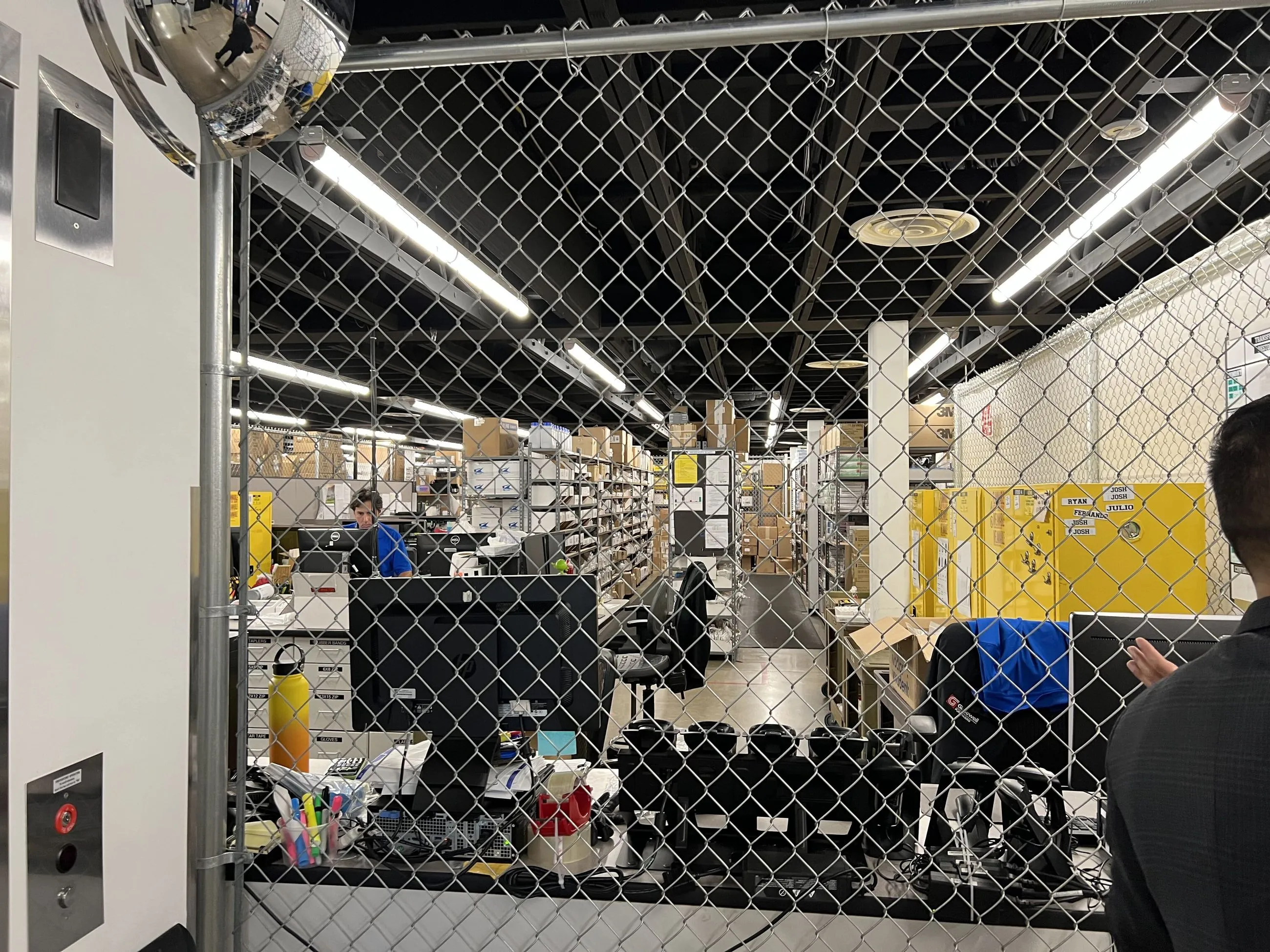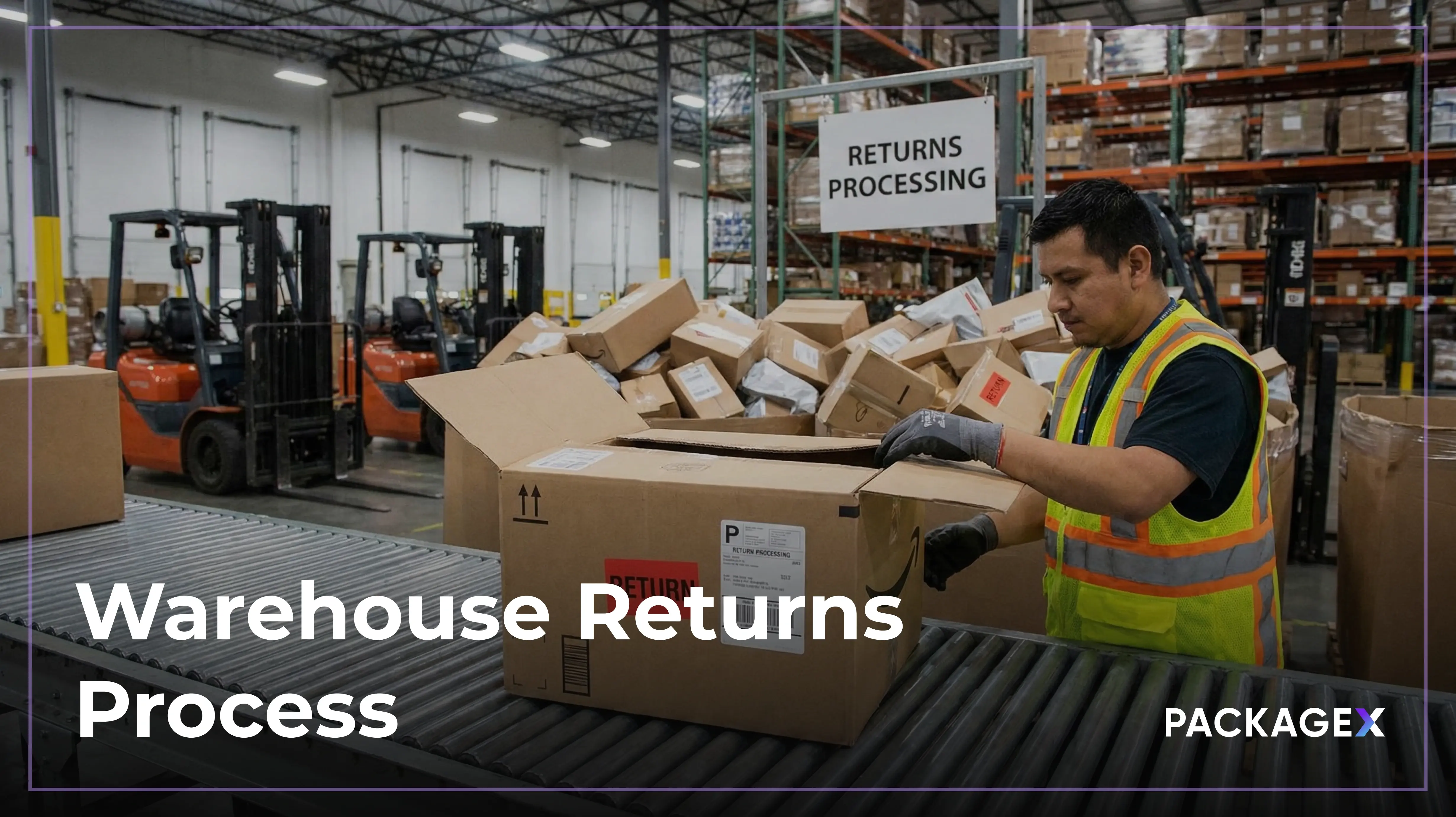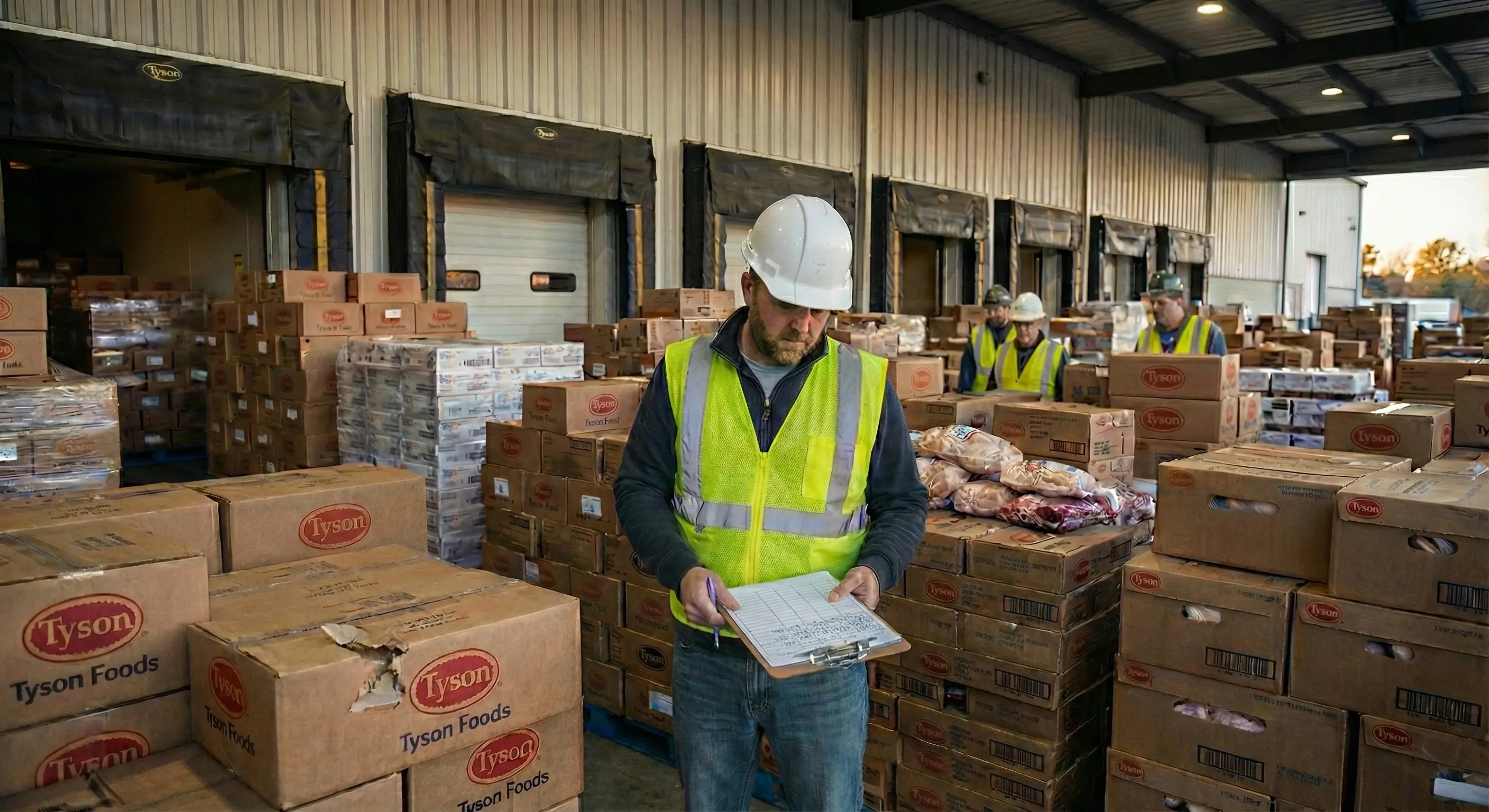The concept of dark stores is not new to the world: they have been in play for years, with Tesco and other UK retailers using them for efficient online shopping fulfillment. But the onset of the COVID-19 pandemic catalyzed the rapid adoption of dark stores in the US retail space as traditional brick-and-mortar stores saw a reduction in foot traffic and eCommerce shopping skyrocketed. Many retailers were forced to experiment with closing their physical stores to the public and repurposing stores into fulfillment centers known as dark stores, creating a new approach to fulfilling orders.
Now that the dust has settled and shoppers are returning to stores, it's important to examine whether dark stores are here to stay. In this post, we will explore the sustainability of dark stores post-pandemic and key recommendations for implementing a successful dark store strategy.
What Are Dark Stores?
A dark store refers to a brick-and-mortar location that used to be a retail store for in-person shopping but has been converted into a distribution or fulfillment center for online orders. Dark stores allow retailers to store inventory closer to the shoppers, reducing shipping time and costs. These facilities improve operational efficiency as they are designed for rapid order picking and packing. As dark stores do not serve walk-in shoppers, retailers can reduce order fulfillment time, develop leaner inventory management strategies, and improve shopper satisfaction. In doing so, dark stores facilitate more convenient methods to fulfill orders by empowering retailers to offer same-day or next-day delivery, BOPIS, and curbside pickup options to their shoppers.
Impact of Dark Stores on Retail During the Pandemic
Many retailers struggled to stay afloat during the coronavirus pandemic while in-person shopping halted instantly across the globe. From a barren brick-and-mortar landscape, an opportunity emerged for these retailers: dark stores. This fulfillment model would enable retailers to generate revenue, make use of their leases in prime locations, and stay close to their customers, all while other businesses were shutting down and lockdowns prevented in-person shopping for months to come.
Dark stores have given retailers a chance to offset the cost of underperforming stores and the expenditures of freight and logistics in densely populated areas. They repurposed existing leases to offer shoppers all the convenience of eCommerce behemoths.
Post-Pandemic Relevance of Dark Stores
Now that the pandemic has subsided and shoppers are returning to normal life, experts argue that dark stores will become increasingly irrelevant and nonprofitable. However, this may not always be the case. There are several reasons why dark stores, or some form of them, will likely remain relevant in the post-pandemic world.
First, the pandemic has accelerated the shift to digital commerce, and the shoppers who have experienced the convenience of rapid home delivery, curbside pickup, or BOPIS will likely adopt these habits into their everyday lives, increasing the demand for a diversified fulfillment strategy. Second, dark stores are located closer to population centers, allowing retailers to offer their shoppers instant gratification, great convenience, and a better online shopping experience. These stores also provide several operational advantages over traditional retail stores, such as higher levels of automation, efficient use of space, and better inventory management. With these benefits in mind, it’s evident that there are many benefits to dark stores that retail leaders will look to continue to sustain.
Dark stores are providing a way for retailers to stay competitive in the digital age. Retailers like Bed Bath & Beyond converted 25% of their stores into dark stores to drive faster deliveries. Similarly, Gorilla, a German-based grocery delivery company, operates directly from hundreds of dark stores. As per Future Market Insights, the dark store market is projected to cross a market share of $414.31B by 2033 at a robust CAGR of 38%, holding a revenue of $16.54B by 2023 year-end. This research report shows that changing lifestyles and an increase in eCommerce are fueling the demand for dark stores, and retailers are profiting substantially from this strategy. These statistics attest to the fact that dark stores are here to stay and will evolve as a concept.
All that said, many dark stores are in prime real estate as they were originally meant to be brick-and-mortar stores. When these dark store leases come up for renewal, given the very high cost of the space, it is unlikely that this real estate would continue to remain 100% a dark store. Instead, it is more likely that the real estate will be used for split purposes, with some space allocated for in-person shopping and the remainder for eCommerce order fulfillment.
What Did Retailers Learn From Dark Stores?
Dark stores might have emerged as a band-aid solution during the pandemic, but they taught many important lessons to retailers. Retail leaders realized that having fulfillment locations closer to shoppers is crucial to ensure efficient online order fulfillment and meet the needs of modern shoppers. With traditional fulfillment models, retailers won't be able to provide faster delivery options or a seamless online shopping experience to their shoppers. It’s imperative that they incorporate a mix of channels and fulfillment options to meet ever-changing shopper preferences and drive profitability.
Another important lesson retail leaders learned was to use dark stores efficiently to keep them profitable even after Covid-19. Now that shoppers are coming back to stores, retailers need to consider their need for physical stores and think about ways to get more value out of dark stores in prime real estate. For instance, if they have a retail store at a prime urban location, like the Magnificent Mile in Chicago, they’ll need to determine the most profitable use for the store going forward, which is most likely a hybrid model offering both in-person shopping and retail order fulfillment. It is all about employing a holistic approach to the trend and finding the right mix of in-store experiences, customer service, and operational flexibility that features a mix of BOPIS, eCommerce, and other delivery solutions.
Recommendations for a Profitable Dark Stores Strategy
The keys to success in dark retailing are similar to those for micro-fulfillment centers. Retailers can keep their dark stores profitable by following the recommendations listed below:
- Invest in technology and automation. Retailers should use automation and data-driven analytics to govern store logistics and operations. They can do it by employing robust inventory and fulfillment management software and investing in cloud-based solutions. These systems improve the accuracy of inventory tracking and help retailers avoid product shortages and surpluses. Utilizing technology increases operational efficiency and reduces labor and inventory costs.
- Optimize store layout. Sensible space planning is vital to making dark stores profitable as it helps meet the value proposition of maximum speed. The best practice is to reserve a space for the most picked items at the storefront because it accelerates the picking speed for the products that are high in demand and increases packing and shipping efficiency.
- Pick a less expensive location in the suburbs of a densely populated area. For any dark store that will be exclusively for fulfillment, retailers should not locate them in the city center. Choosing outlying locations in industrial areas is ideal for cost-effectiveness while maintaining close proximity to customer populations.
- Ensure that merchandise is in stock and available for delivery. Retailers should maintain appropriate inventory levels for all their products to eliminate the risk of stockouts that lead to shopper disappointment and buyers directing their business elsewhere.
{{returns-webinar}}
PackageX: All-In-One Platform for Dark Store Logistics
Retailers should optimize their dark store operations by using a platform that's integrated, comprehensive across all aspects of logistics, and easy to implement. PackageX is a headless logistics cloud that digitizes and connects retail and commercial logistics. It offers a variety of logistics web & mobile apps and APIs that optimize inventory management, order fulfillment, shipping, and receiving operations at any site.
PackageX drives profitability through its innovations that are built for post-Covid logistics. Its user-friendly apps automate manual processes and remove pen and paper inefficiencies at all logistical touchpoints, reducing labor costs and skyrocketing fulfillment output. Retailers can get started with platform adoption or integration in days as PackageX APIs connect with existing logistics stacks easily.
If you are looking for an enterprise logistics cloud that can streamline your dark store operations and help you retain shoppers, PackageX is the best option. Schedule a demo today and see how we can optimize your dark store logistics.




